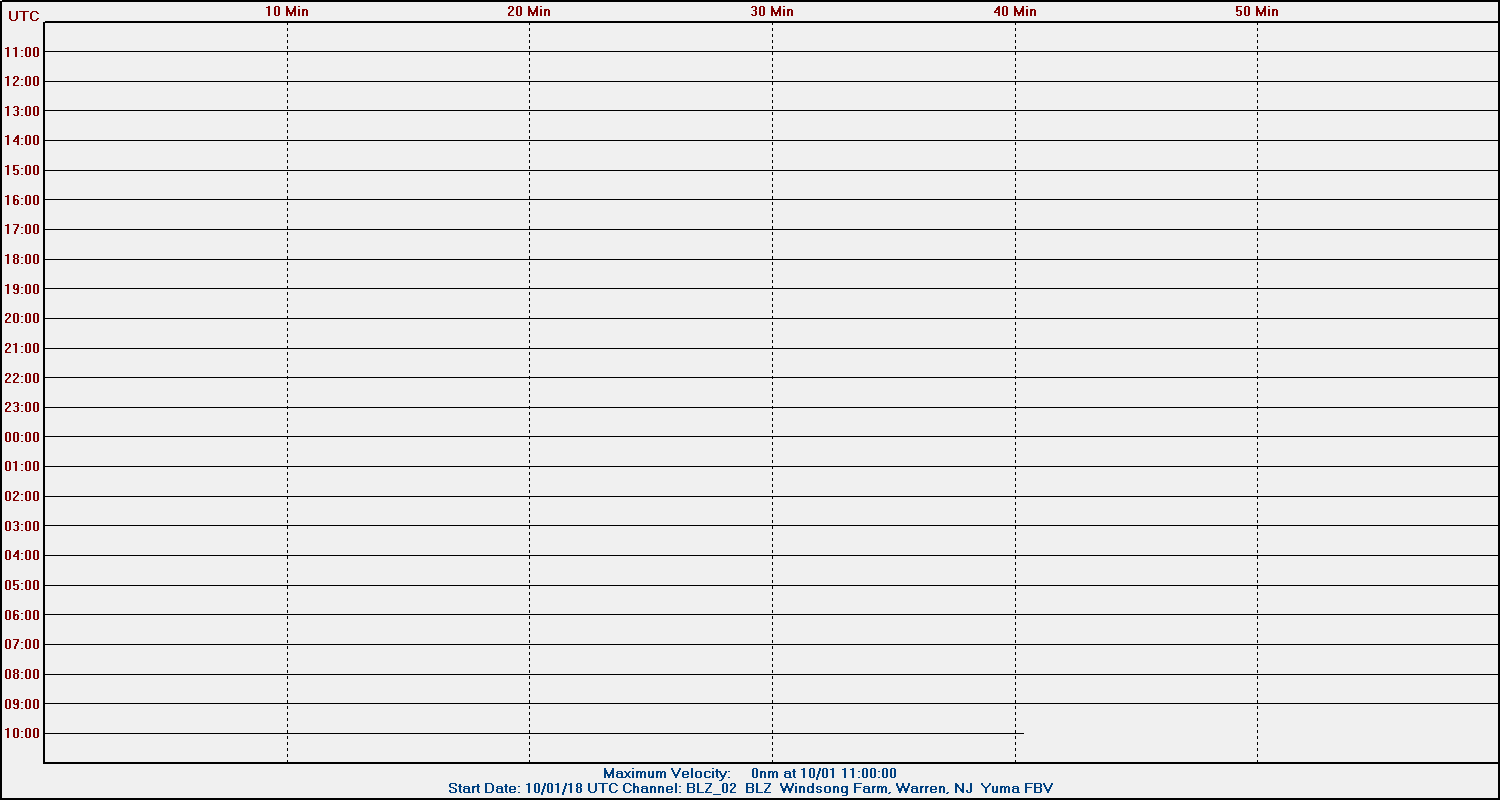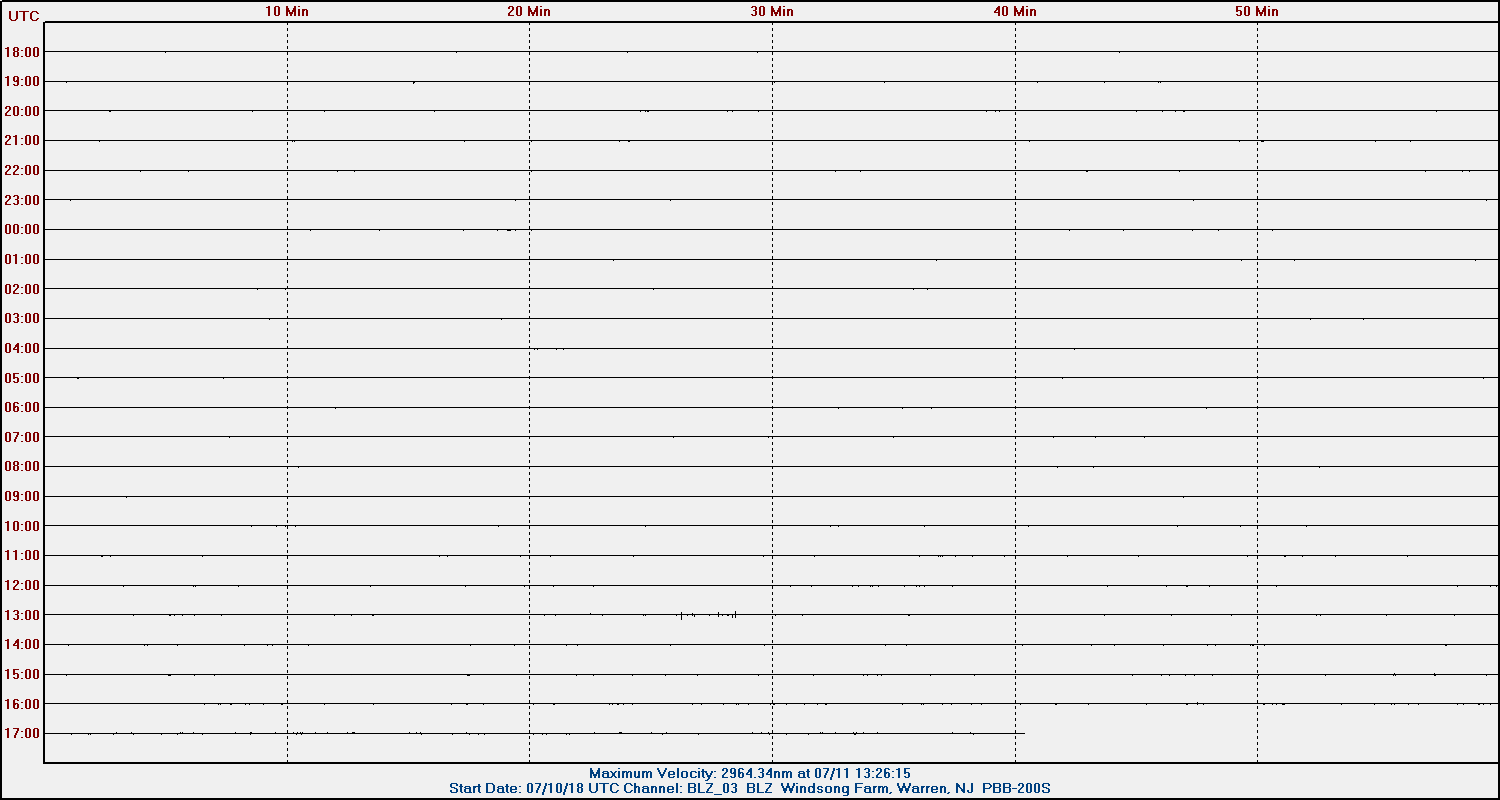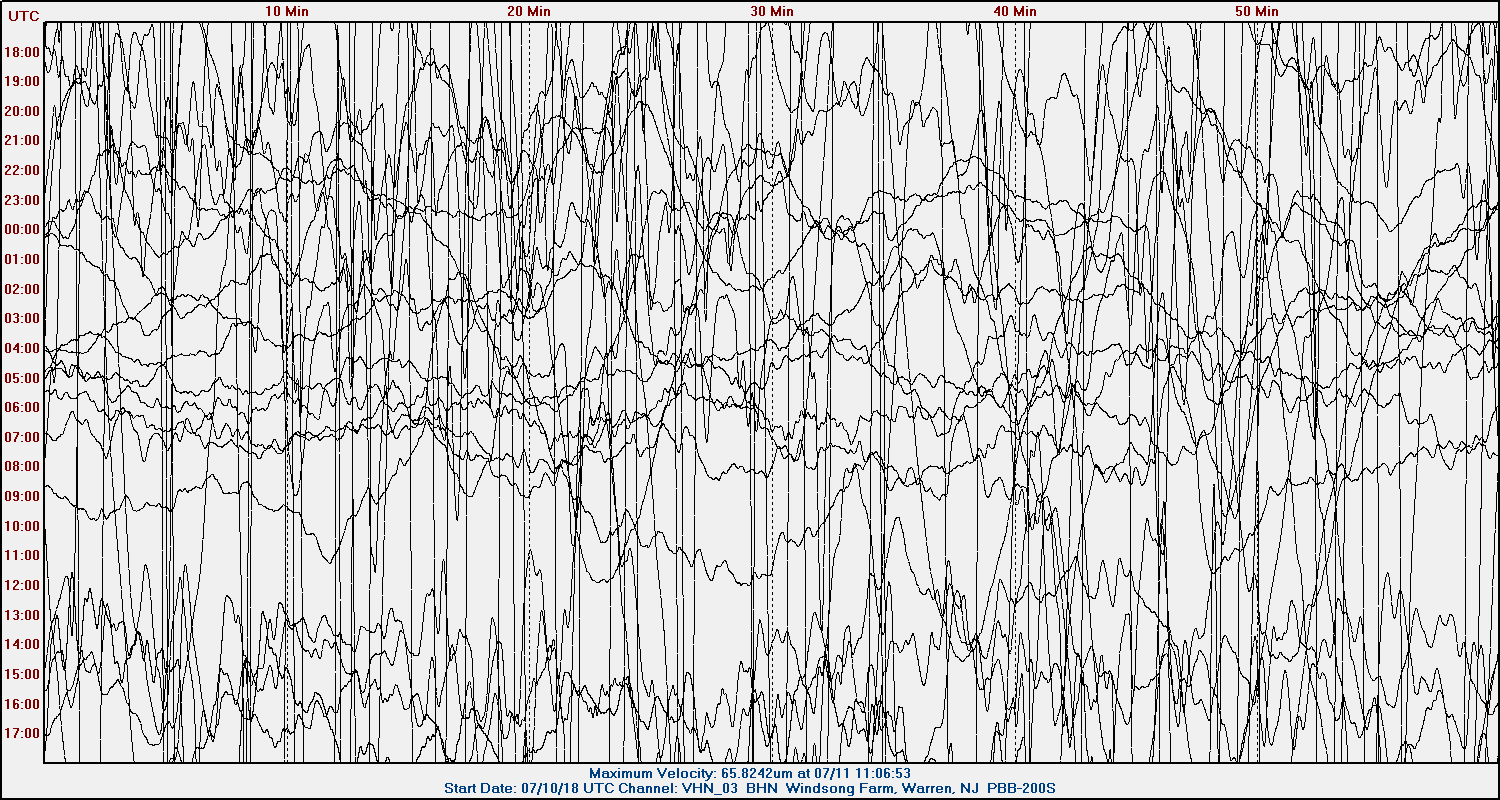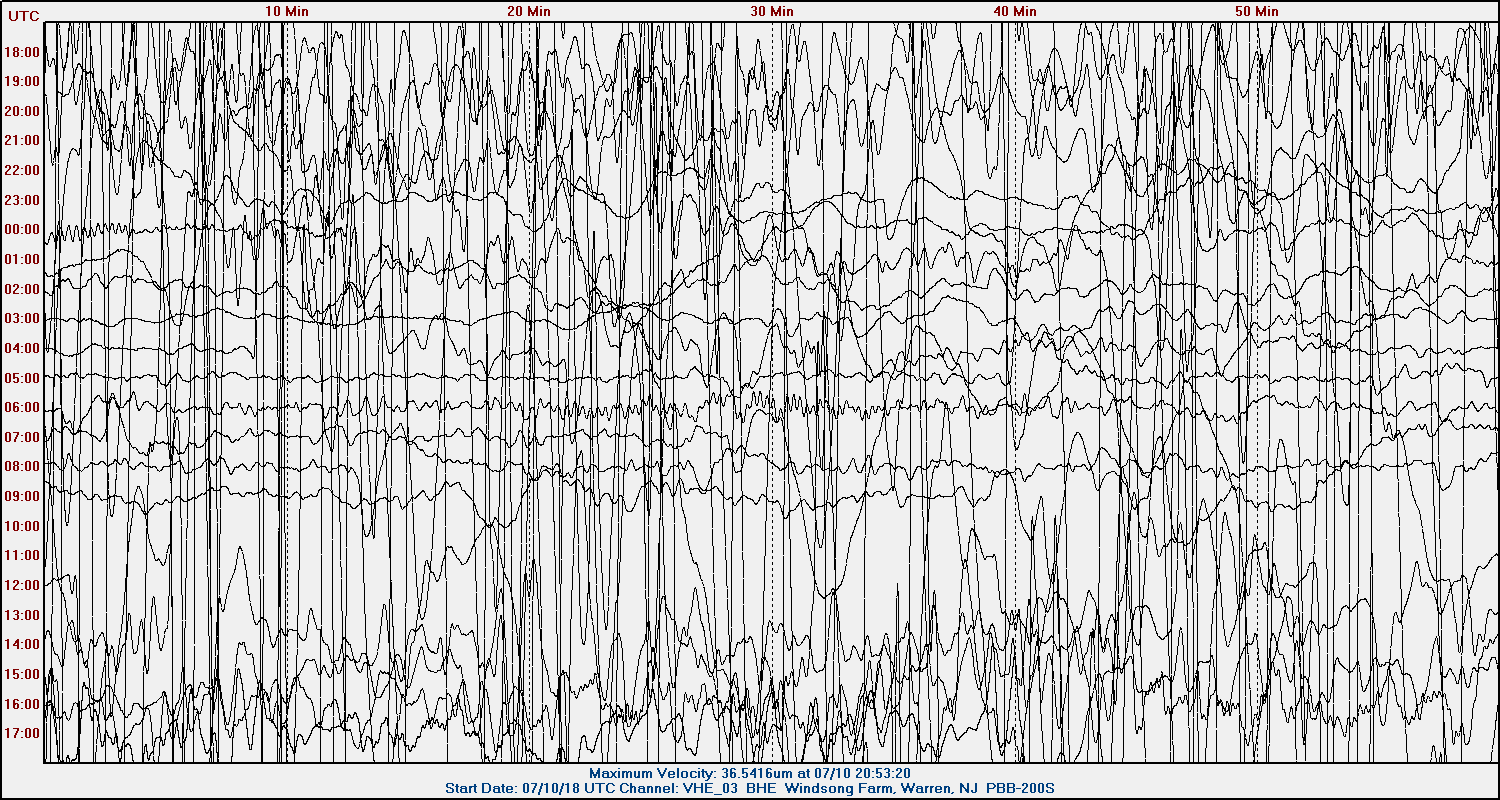Real-time Seismometer Waveforms
These images are updated every five minutes. The Yuma broadband vertical is located in the basement on the floor slab, next to a 0.6 x 0.9 m hole containing the main test pier. The Yuma has a broadband velocity response which is generally flat over frequencies from 0.02 Hz (50 seconds) to 30Hz. The high-gain, long-period traces have been heavily low-pass filtered to greatly reduce microseisms and other background noise.
Data are recorded and uploaded as images from a Webtronics 16-bit digitizer, controlled by WinSDR and running on a Beelink Mini PC, with Windows 10.
The instruments are still in the process of being installed and soon I hope to have both mounted on the main test pier with considerably more thermal insulation. This, I expect will significantly reduce the level of background noise.
Yuma High-gain Long-period Vertical Channel -- Distant Quakes

Yuma Lower-gain Broadband Vertical Channel -- Local, Regional and large Distant Quakes

Metrozet Seismometer Waveforms
The Metrozet PBB-200S 3-axis broadband seismometer is located in the basement on the main test pier, which rests just above shallow basalt bedrock. This instrument has a broadband velocity response which is generally flat over frequencies from 0.0083Hz (120 seconds) to 50Hz. The high-gain long-period traces have been heavily low-pass filtered to greatly reduce microseisms and other background noise.
Data are recorded and uploaded as images from a Webtronics 24-bit digitizer, controlled by WinSDR and running on a Beelink Mini PC, with Windows 10.
Note how much more local noise there is on the horizontal long-period channels compared with the vertical, even though they are all recorded using identical sensitivity and filter settings. High-gain horizontal data is generally useless at amateur sites, since long-period horizontal measurements are extremely sensitive to the ever-present ground-tilt variations.
PBB-200 High-gain Long-period Vertical Channel -- Distant Quakes

PBB-200 Lower-gain Broadband Vertical Channel -- Local, Regional and large Distant Quakes

PBB-200 High-gain Long-period N-S Channel -- Distant Quakes and Tilt-Noise

PBB-200 High-gain Long-period E-W Channel -- Distant Quakes and Tilt-Noise

Technical Data
These .gif image files are generated and uploaded by two instances of WinSDR, each controlling one Webtronics A/D converter. They are running on a Beelink Mini PC, with Windows 10.
All channels are displayed using a 0.002 Hz (500 second) high-pass filter in WinSDR, having 1 zero at 0 and 1 pole at 0.002Hz. This eliminates DC offsets but leaves the long-period response corners at essentially those of their respective instruments, 50 seconds for the Yuma and 120 seconds for the PBB-200. The long-period channels are also filtered using a 0.08 Hz (12.5 second) 4-pole low pass filter which greatly reduces the microseism background, although it also filters out the higher frequency phases of distant quakes.
The broadband channels are limited at the high frequency end by the digitizer sample rate of 100 samples per second or 50 Hz (Nyquist) and by the high frequency responses of the instruments, 30 Hz for the Yuma and 50 Hz for the PBB-200. The sensitivity of the lower-gain channels is 1/50 that of the high-gain channels, so waveforms from large, distant quakes are more likely to stay on-screen. Since those channels are not otherwise filtered, they will also show the high frequency waveforms of local and regional quakes as well as the higher frequency phases of large, distant ones.